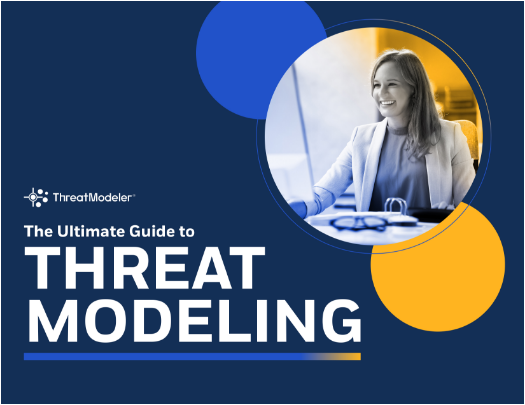The Ultimate Guide to
THREAT MODELING
Take a proactive and strategic approach to identifying threats across your apps, infrastructure, and code.

Ready to transform your approach to security?
As app deployment and stakeholder demands accelerate, every product innovation or release has the potential to introduce new or unknown risks.
Teams have been left with a difficult choice — slow down innovation to build secure by design, or accept a higher level of risk associated with checklists and reactive measures in order to meet deadlines.
Learn how you can become both secure-by-design, and match agile development team timelines by transforming your security approach with automated threat modeling that scales with your business velocity.
Download our definitive guide to learn the benefits of threat modeling along with actionable steps and best practices to integrate it into your workflows, including how to:
- Scale security efforts efficiently
- Reduce risk without slowing innovation
- Maintain continuous compliance
- Deploy apps with confidence
Who needs this guide:
- Security teams seeking proactive risk management strategies
- CISOs navigating complex regulatory requirements
-
Enterprise architects and development teams scaling cloud-
native applications - DevOps leaders driving digital transformation initiatives
What’s inside:
- Essential steps of effective threat modeling
- Continuous Threat Modeling across the SDLC
- Shifting from reactive to strategic security
- Choosing the right methodology
- Prioritizing Threats
- Common Pitfalls, Best Practices, DevSecOps, and more